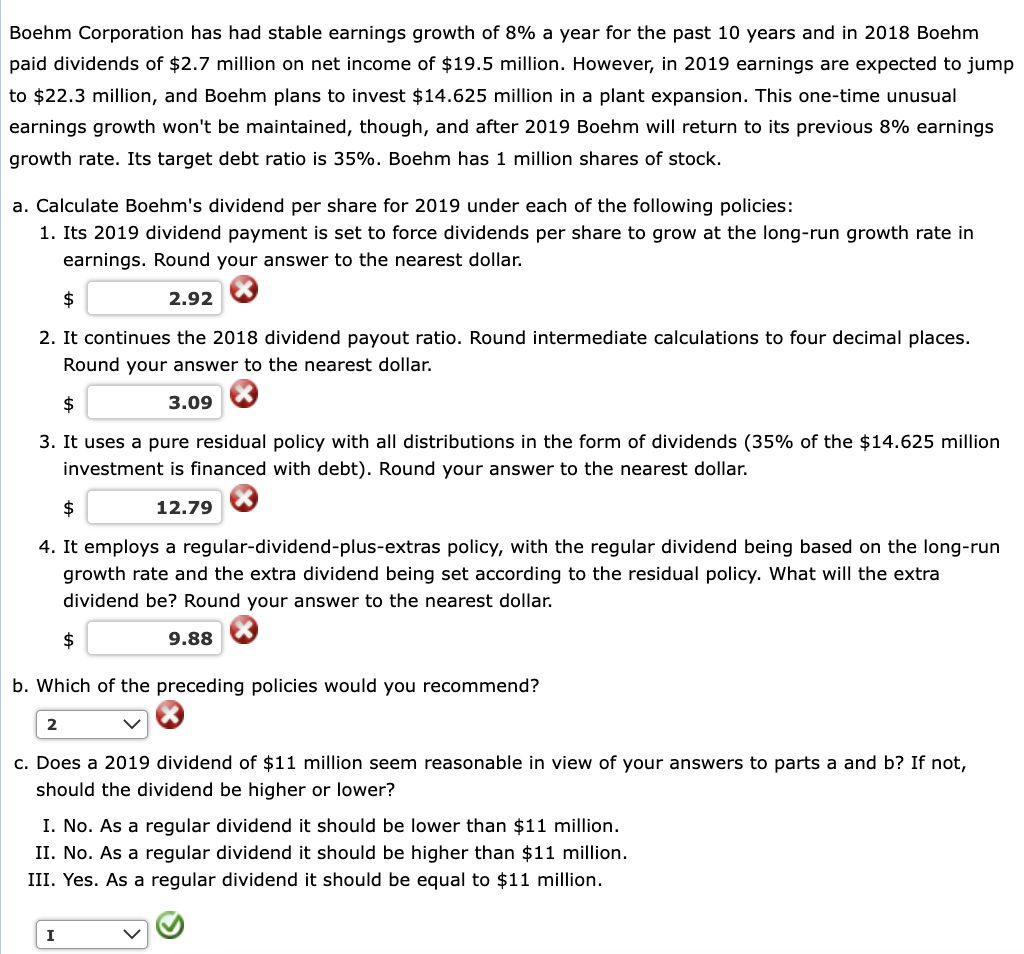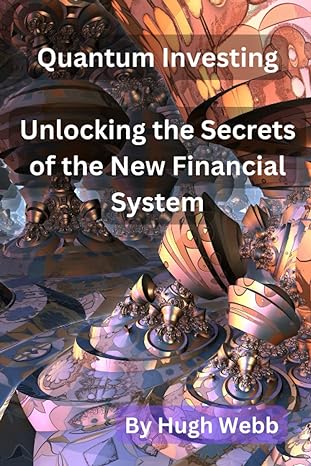Answered step by step
Verified Expert Solution
Question
1 Approved Answer
Boehm Corporation has had stable earnings growth of 8% a year for the past 10 years and in 2018 Boehm paid dividends of $2.7 million

Step by Step Solution
There are 3 Steps involved in it
Step: 1

Get Instant Access to Expert-Tailored Solutions
See step-by-step solutions with expert insights and AI powered tools for academic success
Step: 2

Step: 3

Ace Your Homework with AI
Get the answers you need in no time with our AI-driven, step-by-step assistance
Get Started


